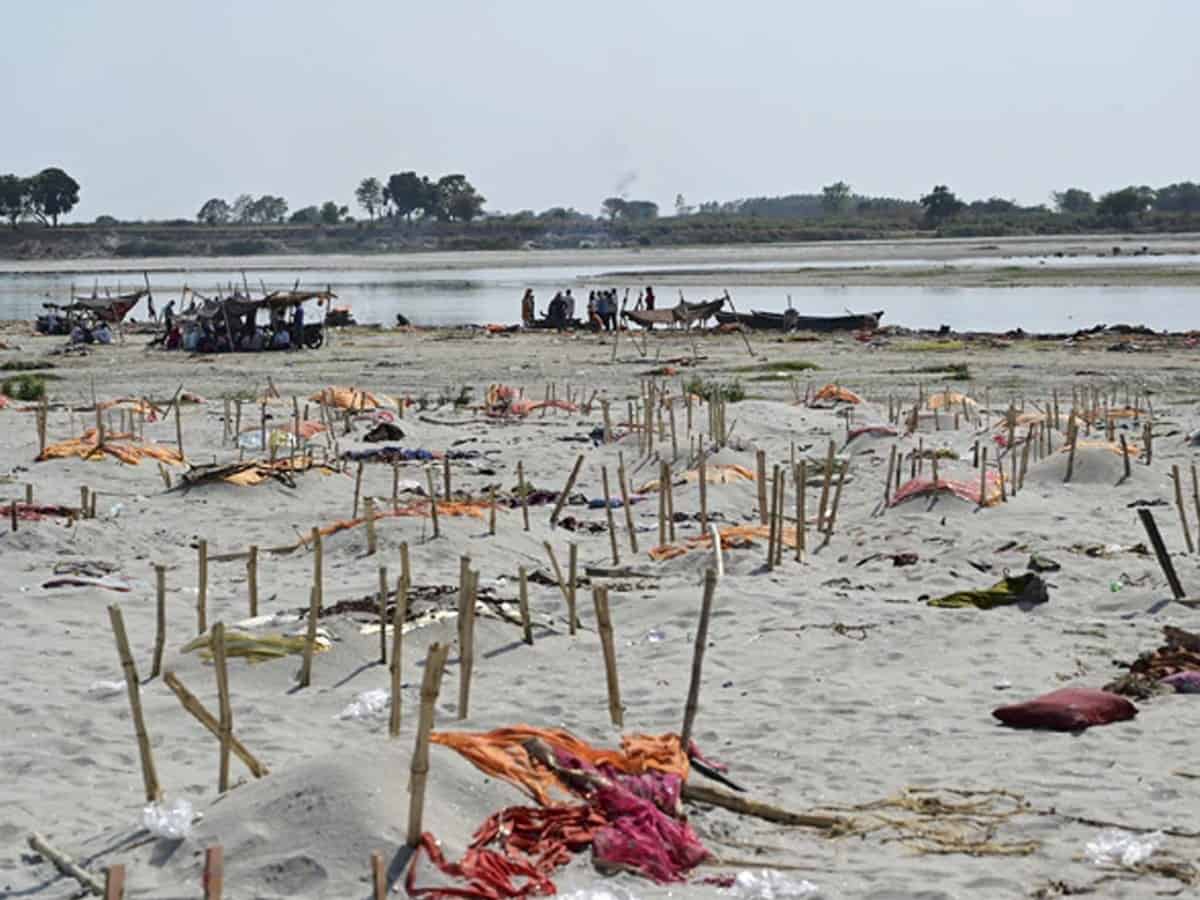
Legendary director Raj Kapoor’s Ram Teri Ganga Maili (1985) was an important film. And its runaway success was not because of the two scenes which had the puritans jumping in their pyjamas. First, when the blue-eyed beautiful Mandakini bathes under a fountain in flimsy white sari and then when she breast-feeds a child. To the purveyors of purity, the sanskari custodians of our culture, these scenes promoted obscenity and exploitation of women. To the connoisseurs of aesthetics in cinema, they gave glimpses of pure art.
Fortunately, the message of the movie was not lost in the din of obscenity/art debate it raised. And the message was loud and clear: the ever-flowing, ancient Ganga which originates from Gangotri in the mighty Himalayas gets hugely polluted by the time it reaches Calcutta to be subsumed in the Bay of Bengal. The film brought the focus back on the need to clean the Ganga. Like Naren (Rajiv Kapoor) who restores Ganga (Mandakini) her dignity and honour. By rebelling against his own father and leaving the house with Ganga and their child, Naren hammers home a strong message.
But the river Ganga is yet to find her true rescuers. Much politics has been done over and millions have been poured into “Clean Ganga Project” but the sacred river remains far from clean.
These thoughts hit me hard as I read news about dead bodies pushed into the Ganga in Uttar Pradesh and thrown up by the river on to its banks in Bihar. Crows and dogs feasted on the rotting bodies before the administration woke up and retrieved them.
It is easy to blame the relatives who threw the half-burnt or unburnt dead bodies into the river. Even some bodies buried on the banks of the river got washed away as winds eroded the sands and waves gobbled up the graves. But the poor have a few choices.
Viral videos and news clips prepared by tiny news channels or citizen reporters tell the grim truth. People have to spend up to Rs 15000 for transportation to and cremation of a body at the ghats. Already financially drained due to hospital bills of their corona positive relatives, many don’t have enough means to foot the bills of ambulances and crematoriums. They just send their dead to the watery graves. Hours later, the bodies float to the banks. Just imagine how much the river gets polluted in the process?
Millions of living organisms survive on rivers. I have seen from close quarters how the Ganga sustains humans. For close to four years in the early 1990s I was one of its direct beneficiaries. The rented room a younger brother and I shared at Kurji in Patna was bang on the banks of Ganga. During the monsoon, as the river flooded, the waters lapped up the small maidan outside our room. We bathed in the Ganga, washed our clothes there while we fetched drinking water from the single tube-well in the mohalla.
As summer came and mercury rose, water receded and the Ganga stepped a kilometer or so back, adding to the woes of the residents who depended heavily on the river for daily chores. But a blessing in disguise was the sandy banks which became play grounds for the space-starved boys of the mohalla.
The river Ganga has been glorified in hymns of the hermits, chants of the Sufis and poetry of the poets. Addressing the Ganga and recalling the roots of the Muslims in India, the poet Allama Iqbal in Tarana-e-Hindi (Anthem for India) says:
Ae Aab-e-Rood-e-Ganga! Woh Din Hain Yaad Tujh Ko? /Utra Tere Kinare Jab Karwan Humara
(Oh, waters of the river Ganges! Do you remember those days? /Those days when our caravan descended on your bank?)
Apart from showing respect to the river, this was also Iqbal’s assertion of Muslims’ Indian-ness. When Shehnaee maestro Bismillah Khan died, almost every obituary writer mentioned his love for the Ganga. Bismillah Khan mesmerised connoisseurs of his art at varied venues—steps of the temples, huge halls at palaces, clubs, mehfils, concerts–from Delhi to Detroit, New Jersey to New York. But he remained rooted to Benares because of its Ganga. “Meri Ganga kahan se laoge (Where will you get me my Ganga?” Bismillah Khan would ask whenever someone offered him stay in the United States.
The Ganga also became the first half of our much-mentioned Ganga-Jamuni Tehzeeb or the composite culture of India that sees every citizen equal. Its unity in diversity is an asset not a liability. Its inclusivity is its greatest strength. That syncretism is under strains as move to turn secular India into a majoritarian religious state finds traction.
The Ganga teaches us a few lessons. It doesn’t only wash away the sins. It sustains the millions. It doesn’t discriminate against her beneficiaries. So, more than the desperately poor who throw their dead into its waters because they cannot afford costly cremation, it is the authorities who must act. Mere policing the banks and waters of the river will not be enough. Civil society, self-help groups, NGOs must join hands to give the dead dignified last rites.
Save the river. Protect and preserve it for posterity.
Mohammed Wajihuddin, a senior journalist, is associated with The Times of India, Mumbai. This piece has been picked up from his blog

